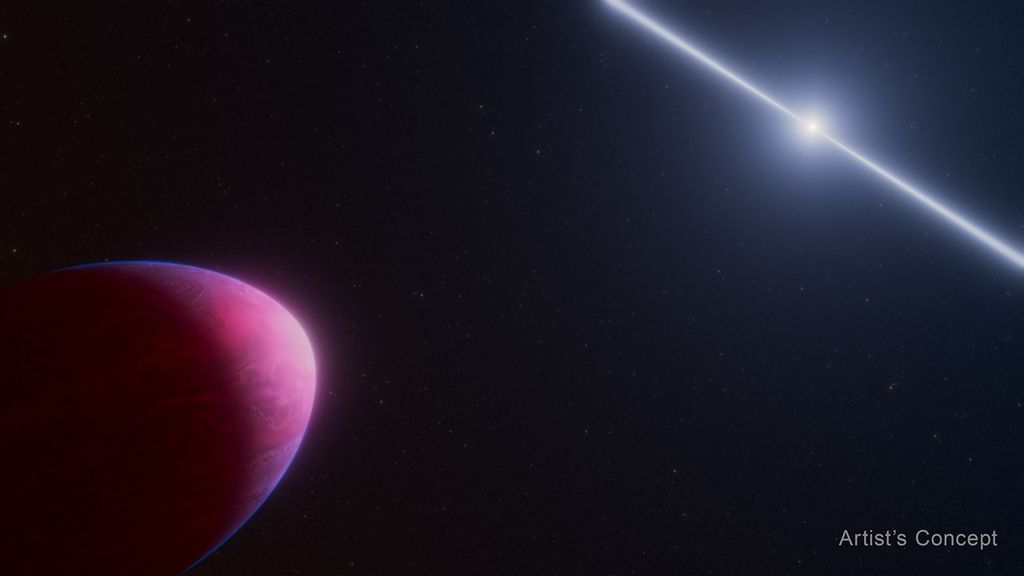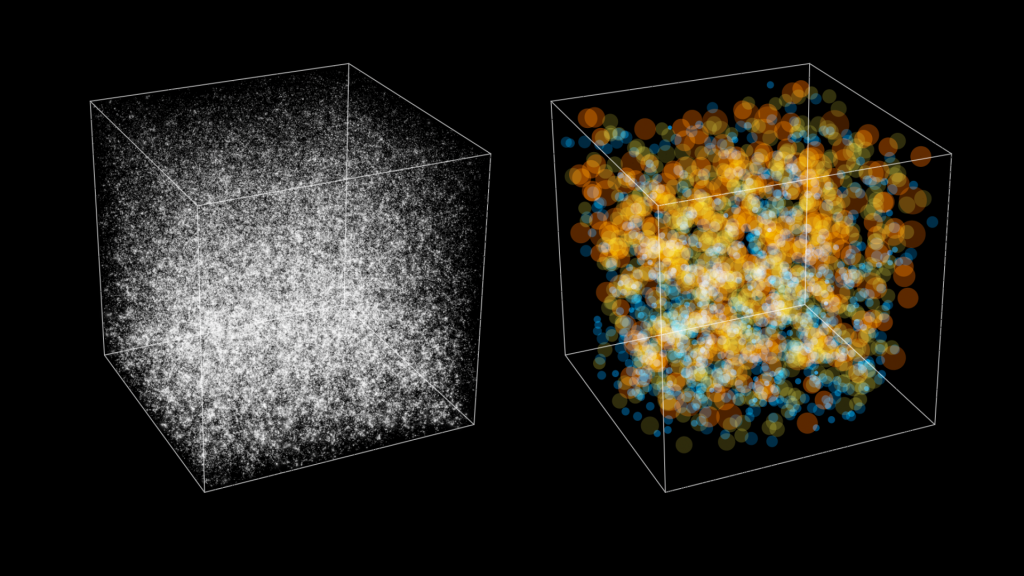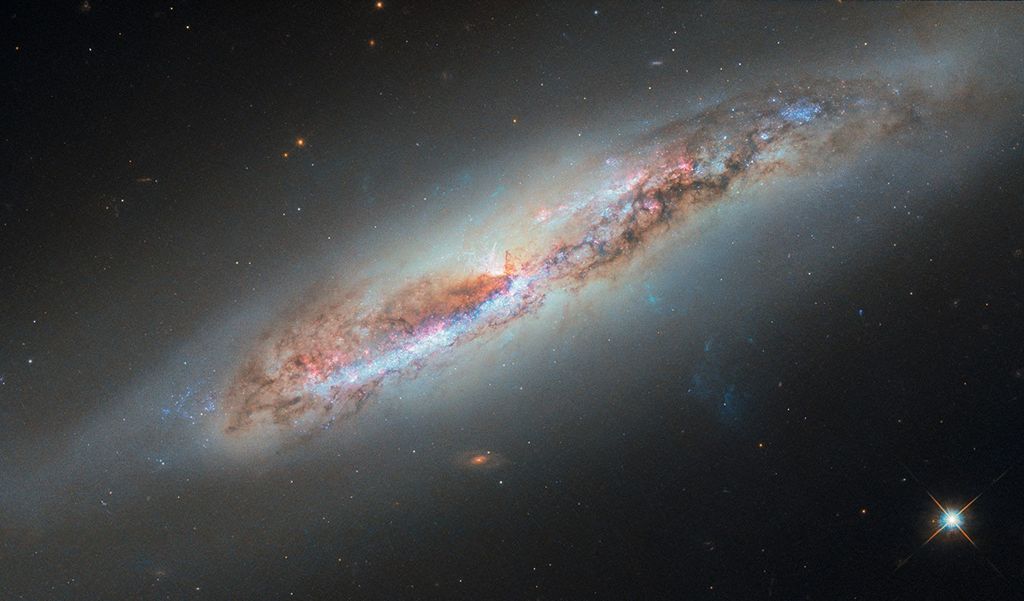1 min read
Elliptical Galaxy NGC 1316 Shows Aftermath of Cosmic Collision

This beautiful, eerie silhouette of dark dust clouds against the glowing nucleus of the elliptical galaxy NGC 1316 may represent the aftermath of a 100 million year old cosmic collision between the elliptical and a smaller companion galaxy.
A number of faint objects are scattered across the image, including both reddish galaxies in the distant background and bluer, point-like star clusters orbiting NGC 1316. These clusters, relatively loosely-knit swarms containing a few thousand stars each, are smaller and fainter than those found in other elliptical galaxies. These clusters are too old to have been created in the collision which produced the dusty debris we see today, and too young to have been torn apart by galactic tidal forces. The clusters may have been born in the course of a still earlier collision, or belonged to the galaxy which most recently fell victim to NGC 1316.
The picture was taken in April of 1996 with the Wide Field Planetary Camera 2. The color rendition was constructed using separate images taken in blue and red light. NGC 1316 is located 53 million light-years away in the constellation Fornax. The field of view shown is about 12,000 light-years across.
About the Object
- R.A. PositionR.A. PositionRight ascension – analogous to longitude – is one component of an object's position.03h 22m 41.5s
- Dec. PositionDec. PositionDeclination – analogous to latitude – is one component of an object's position.-37° 12' 33.0"
- ConstellationConstellationOne of 88 recognized regions of the celestial sphere in which the object appears.Fornax
- DistanceDistanceThe physical distance from Earth to the astronomical object. Distances within our solar system are usually measured in Astronomical Units (AU). Distances between stars are usually measured in light-years. Interstellar distances can also be measured in parsecs.The galaxy is roughly 75 million light-years (23 Megaparsecs) away.
- DimensionsDimensionsThe physical size of the object or the apparent angle it subtends on the sky.This image is 2.7 arcminutes (60,000 light-years or 18,000 parsecs) wide.
- Object NameObject NameA name or catalog number that astronomers use to identify an astronomical object.NGC 1316, Fornax A
- Object DescriptionObject DescriptionThe type of astronomical object.Elliptical Galaxy
- Release DateFebruary 18, 1999
- Science ReleaseHubble Finds More Evidence of Galactic Cannibalism
- CreditCarl Grillmair (California Institute of Technology) and NASA
Share
Details
Claire Andreoli
NASA’s Goddard Space Flight Center
Greenbelt, Maryland
claire.andreoli@nasa.gov































